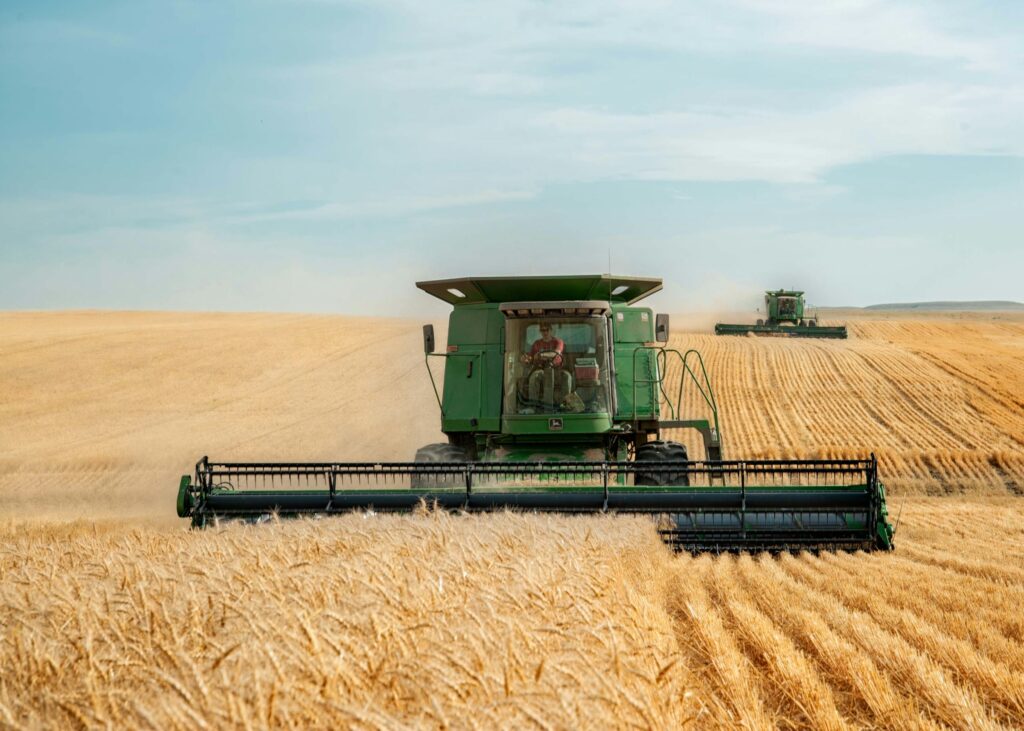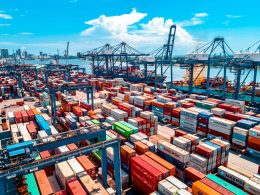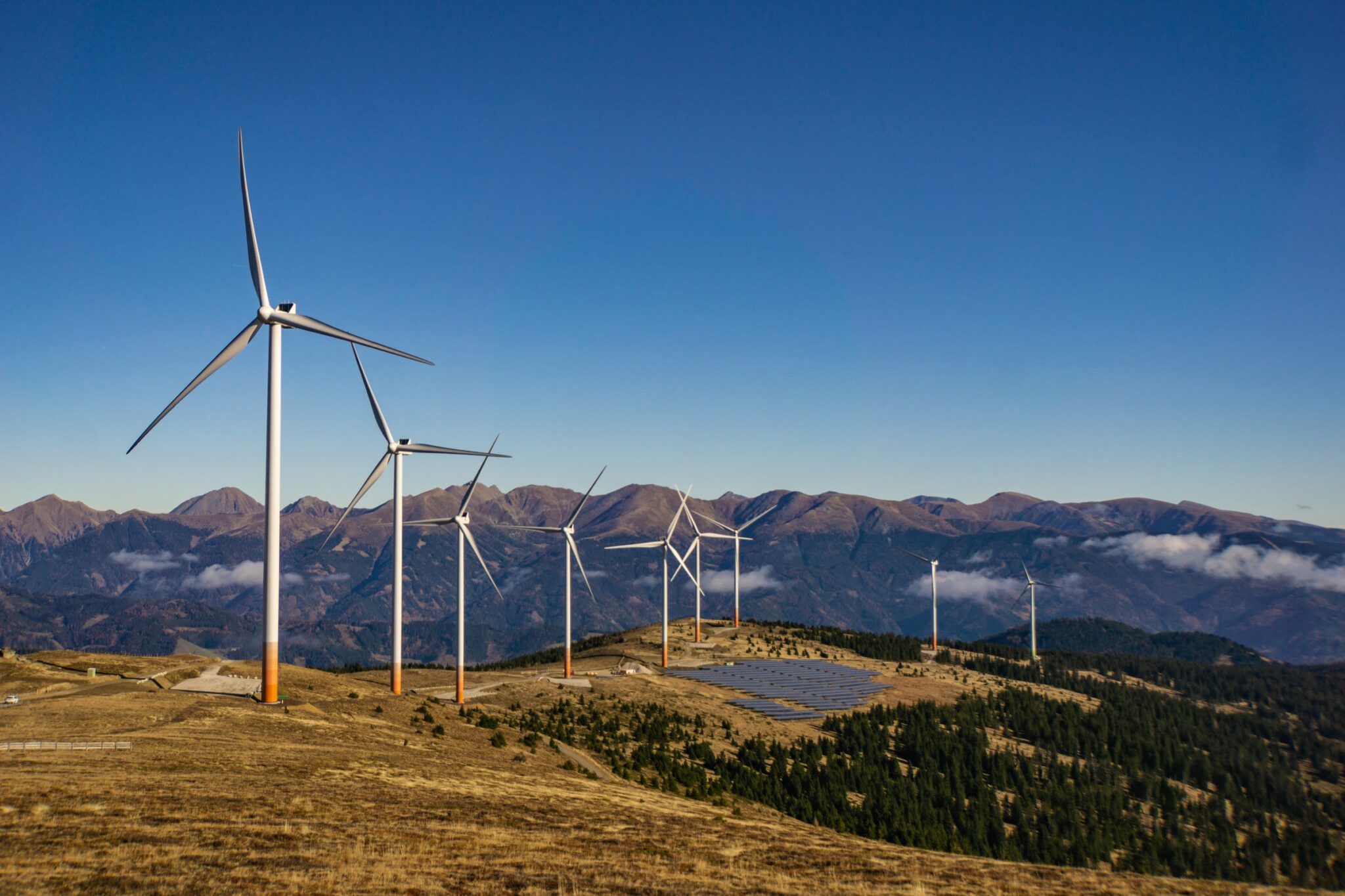If you want to be a successful commodity trader, you must focus on the logistics and supply chain of the specific commodity you are dealing with. This can’t be stretched enough.
The focus on the physical flow distinguishes commodities trading from other financial markets like stocks. When trading commodities, unlike stocks, you deal with physical goods that need to be produced, shipped, transformed, and delivered to the final customer.
Thus, logistics and supply chains have a massive impact on the final price and market fundamentals of the commodity. So you better understand them end to end.

Understanding the Supply Chain
The supply chain in the commodities market includes every step from production to delivery. For example, in the case of agricultural commodities, this might involve the following:
- Production: Planting, growing, and harvesting crops.
- Processing: Converting raw materials into a marketable form.
- Transportation: Moving goods from the production site to the market.
- Storage: Keeping commodities in facilities until they are needed.
- Distribution: Delivering goods to the end users.
Tales from the Trading Desk:
“To be a better trader, know your storage, and know your S&D”
Each of these steps can impact the availability, which in turn leads to changes to the price of the commodity. A disruption in any part of the supply chain can lead to significant changes in market dynamics.

Anticipating Supply Chain Disruptions
As a trader, you must think several steps ahead to anticipate potential disruptions and their effects.
While you don’t need to be an expert, the best way to become a better trader is to learn how these below work and affect your commodity.
Factors to consider include:
- Weather Conditions: Extreme weather can affect crop yields, mining operations, or transportation routes.
- Geopolitical Events: Political instability, trade disputes, and sanctions can disrupt supply chains and affect the availability of commodities.
- Economic Indicators: Inflation, currency fluctuations, and economic policies can influence commodity prices.
- Technological Advances: Innovations in production, processing, or transportation can alter supply chain efficiency and thus add pressure to the price.
By monitoring these factors, you can predict changes in supply and demand, which in turn allows you to make better trading decisions.

Impact on Market Fundamentals
Understanding the supply chain helps you grasp the market fundamentals that drive commodity prices. Market fundamentals include:
- Supply and Demand: The balance between the availability of the commodity and the need for it. This is probably the single most important element you need to focus on.
- Inventory Levels: Large inventories that can be carried forward lead to bearing pressure, whereas shortages are obviously bullish.
- Production Costs: Expenses related to extracting or growing the commodity. What does it cost to produce the commodity in, say, Indonesia, versus Colombia?
- Global Trade Flows: The movement of commodities between countries, influenced by trade policies and tariffs.
Any deviation from normal supply chain operations can significantly impact these fundamentals, leading to price volatility. Understanding this interaction is what makes you a better trader.

Making Trading Decisions
To make successful trading decisions, you need to factor in your supply chain insights into your forecasts and projections. Consider the following questions:
- How do current predictions about weather, geopolitical events, or economic conditions affect the supply chain of my commodity?
- How will these changes influence supply and demand?
- What are the potential impacts on future price expectations?
By answering these questions, you can develop a robust trading strategy that accounts for possible scenarios and their implications.
Conclusion
Becoming a profitable trader requires a deep understanding of the logistics and supply chain.
This wide understanding of the commodity vertical supply chain allows you to anticipate disruptions, understand market fundamentals, and make informed trading decisions.
ALWAYS think several steps ahead and consider how various factors might impact the supply chain, supply and demand, and ultimately, the price of the commodity.
This strategic approach will form the foundation of all your forecasts, projections, trading, and hedging decisions.








